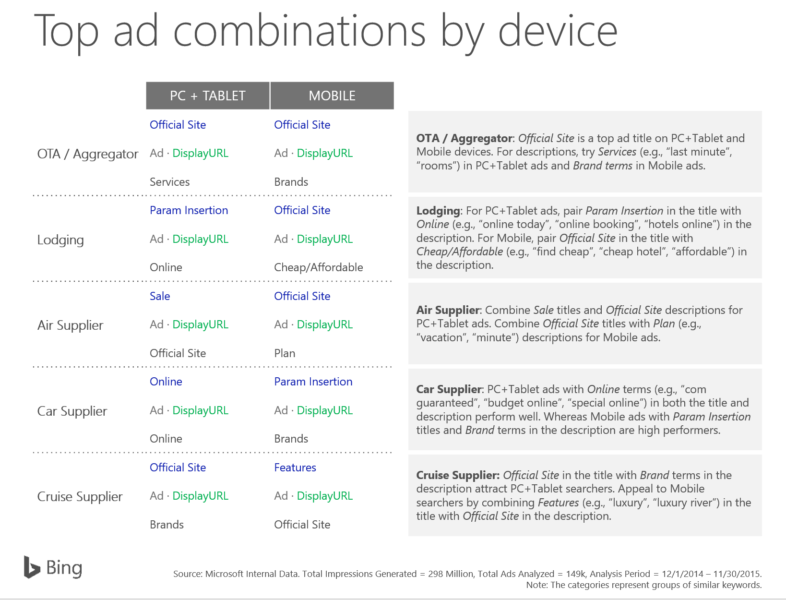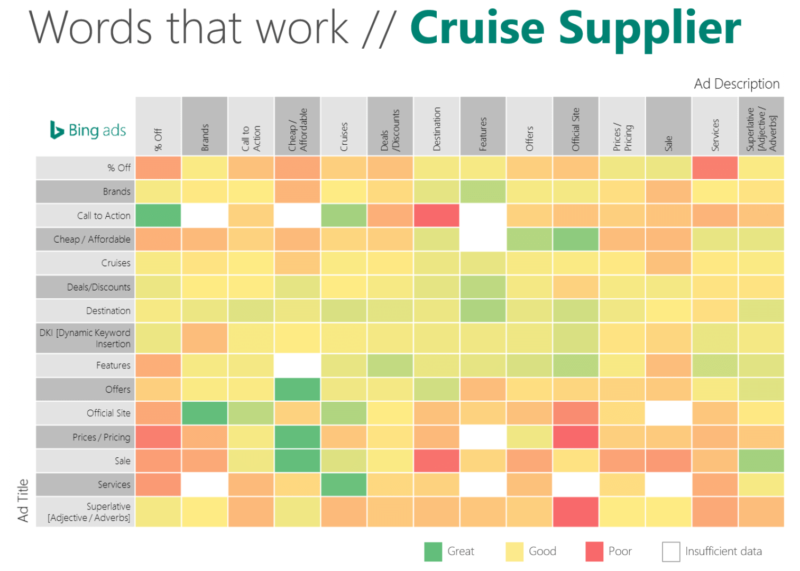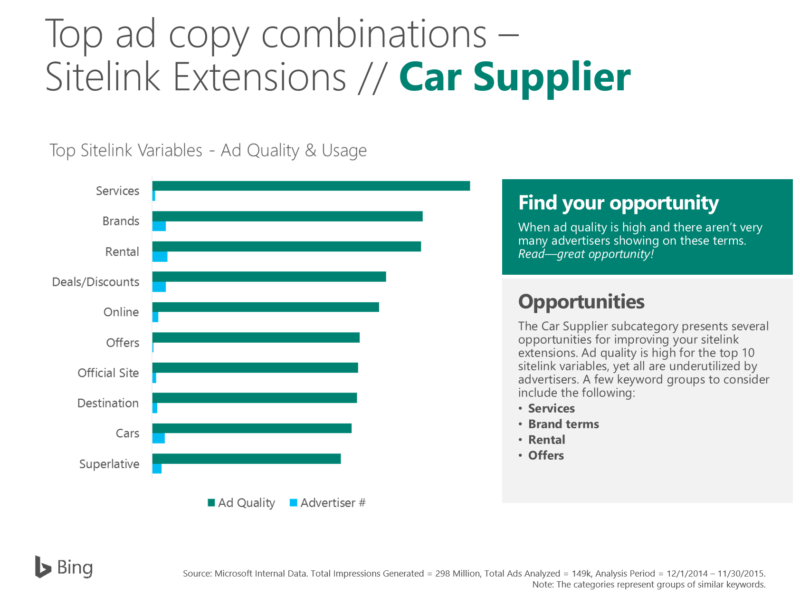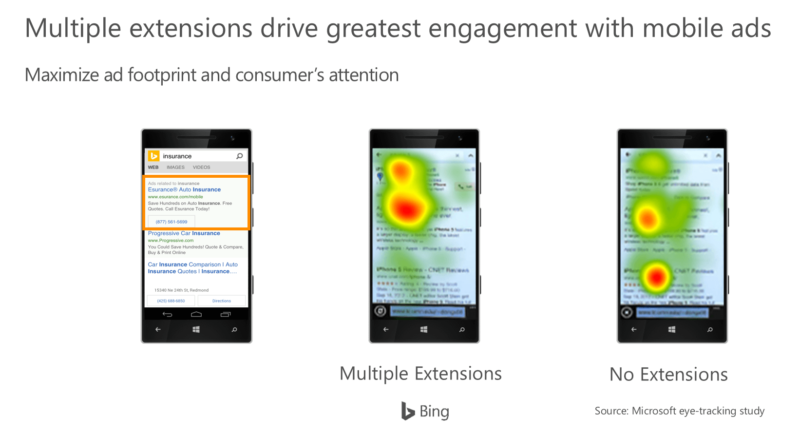Journey to better paid search ROI with this travel ad copy data
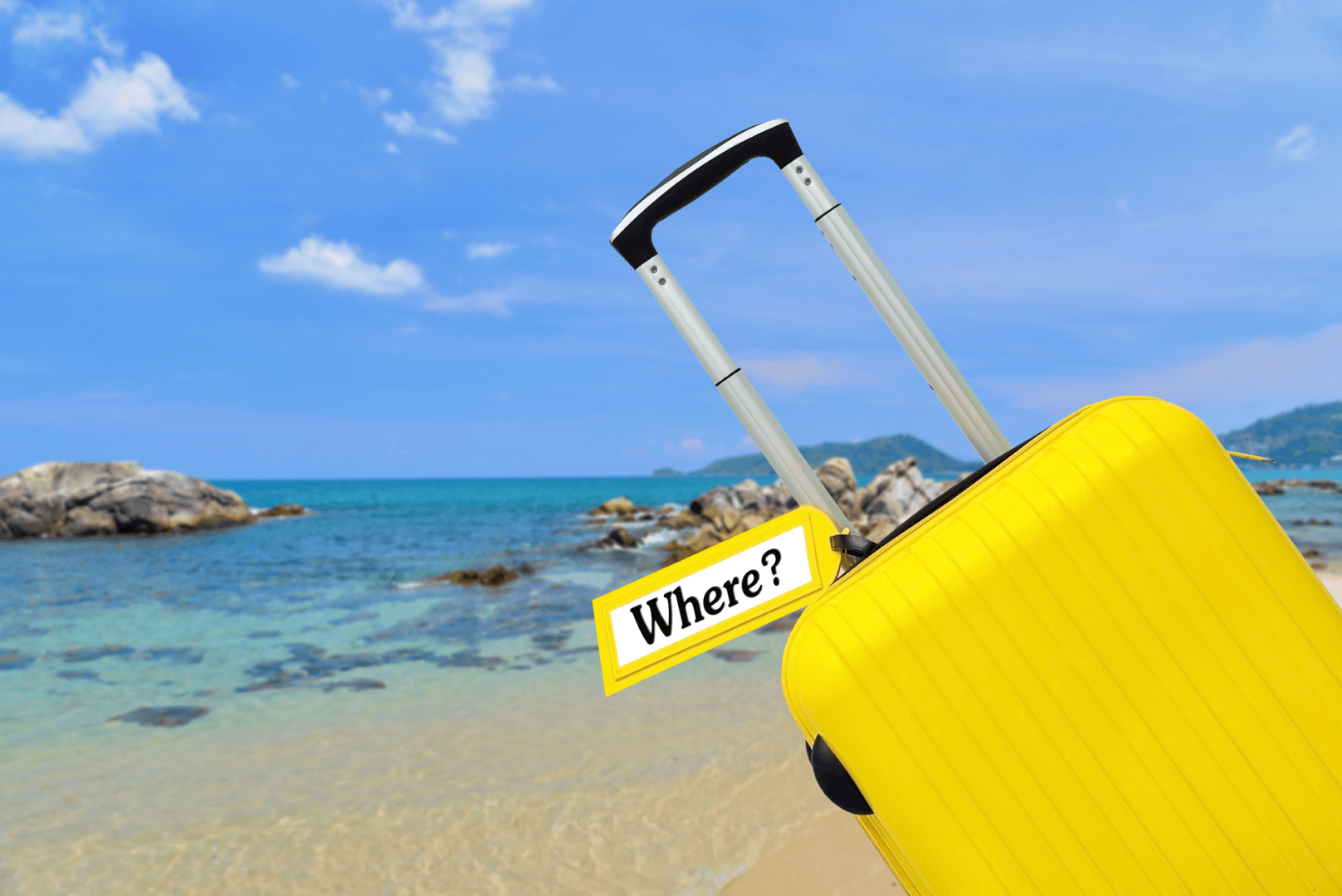
School’s nearly out, and it’s time for summer vacations. Contributor John Cosley shares data on what travel-related keywords and creative approaches are paying dividends for advertisers in the sector.
As spring has truly sprung and summer is just around the corner here in the US, many travel brands will be upping their game to capture the imaginations (and dollars) of soon-to-be vacationers searching for their next big trip.
Many travel brands will increase their PPC spend in June and follow up with another increase in July, so now is the time to prepare if you want to compete.
US travel sales online are expected to surpass $190M in 2016, according to eMarketer forecasts, with business spurred on by low unemployment and an increase in disposable income thanks to low gas prices and a strong dollar. With that increased spending power comes increased opportunity and increased competition, so marketers need all the help they can get, both to reach those consumers looking for vacation deals and to do so efficiently and with an excellent ROI.
That’s why data scientists at Bing (my employer) have been delving deep into our marketplace to better understand user behavior. We looked at a sample of approximately 300 million impressions, driven by 150 million ads across the travel sector, to understand what combinations of ad copy (titles, descriptions and so on) resulted in quality interactions between advertisers and consumers.
Methodology for the travel ad copy analysis
The team’s methodology was to take a look at all ad copy across the travel industry and create segments or “buckets” of related or similar phrases used in travel brands’ ads.
They then defined ad quality factors that would impact the success of a campaign — such as ad clickability and ad relevance — maintaining that CTR and ad ranking would be better if an ad’s quality score was high.
Ad copy success differs across segments
The chart above shows the best ad copy combinations for each travel industry segment aggregated across devices. With the first online travel agency (OTA)/Aggregator example, if “official site” was in the title of the ad and “services” were called out in the description, that ad got the best engagement.
Here’s what else to take away from the analysis:
- Ads with “brand” terms in the title and “Official Site” in the description resulted in great performance.
- Lodging and hotel advertisers benefited greatly from dynamic parameter insertion of the destination in the title, and including the word “online” either in the title or description was somewhat beneficial as well.
- Airlines saw a lift in engagement from price-conscious travelers if an ad mentioned a “sale.”
- Cruise companies leading with price-driven offers, for example, “cheap” and “affordable” copy, also saw good quality interactions with their ads.
Which ad copy resonates is device-dependent
The team also went the extra mile to see whether different ad copy combinations have a different effect based on the device consumers were searching on.
And they do:
- While parameter insertion worked well for lodging advertisers on the PC and tablet, “Official Site” coupled with “Cheap/Affordable” performed significantly better on a smartphone.
- A combination of features — “luxury” or “luxury river” — worked well for cruise companies reaching users on smartphones versus just the “official site” and brand terms on PC and tablet.
Choosing words that work for searchers is effective
In this chart, you can see the best combinations of words in titles and descriptions for Cruise Suppliers displayed using a heat map.
The team also found that tailoring ads based on your sub-vertical keywords will have a significant benefit for your brand. For example, if searchers are looking for deals, they will respond much better to terms like “cheap,” “affordable “and “offer” in your ad copy. If it’s a destination search, then including the destination and some services will yield better results.
Sitelink extensions are no-brainers for travel advertisers
Our research shows car rental companies, in particular, are underutilizing sitelink extensions as a way of increasing the likelihood of generating clicks. Data from the Bing Ads Data Science Team indicates that the use of sitelinks can increase the click-through-rate of your ad by up to 13 percent.
Optimizing for mobile drives results
With a third of digital travel sales occurring on mobile devices, optimizing your travel campaigns specifically for mobile is the best way to ensure engagement via a tailored experience for your potential customers. I would be remiss if I did not also stress the importance and impact of having a mobile-optimized website — mobile-optimized ads and an equally positive mobile customer experience are really two sides of the same coin.
Mobile searchers are often comparing prices and looking for deals on the fly, so make sure you pay attention to all the ways you can optimize for smaller screen real estate.
If we look at combining both the mobile and sitelink takeaways above, I’m reminded of an eye-tracking study we carried out in 2015 that showed how effective multiple mobile sitelinks were for focusing a consumer’s gaze on your brand. Ensuring you are meticulous in configuring your campaign with this kind of detail will pay dividends for your campaigns targeting the on-the-go traveler.
While many digital marketers are already aware of the importance of optimizing PPC advertising campaigns for mobile, testing ad copy and utilizing advanced features, it’s obvious from our research that many are not.
By planning ahead, focusing on words that work and using data like this to truly understand your audience’s intent, you will see an uplift in engagement with your ads. Taking these steps should help increase your ranking and conversions and ensure your travel campaigns stay on course this summer.



